By Jason Mojica
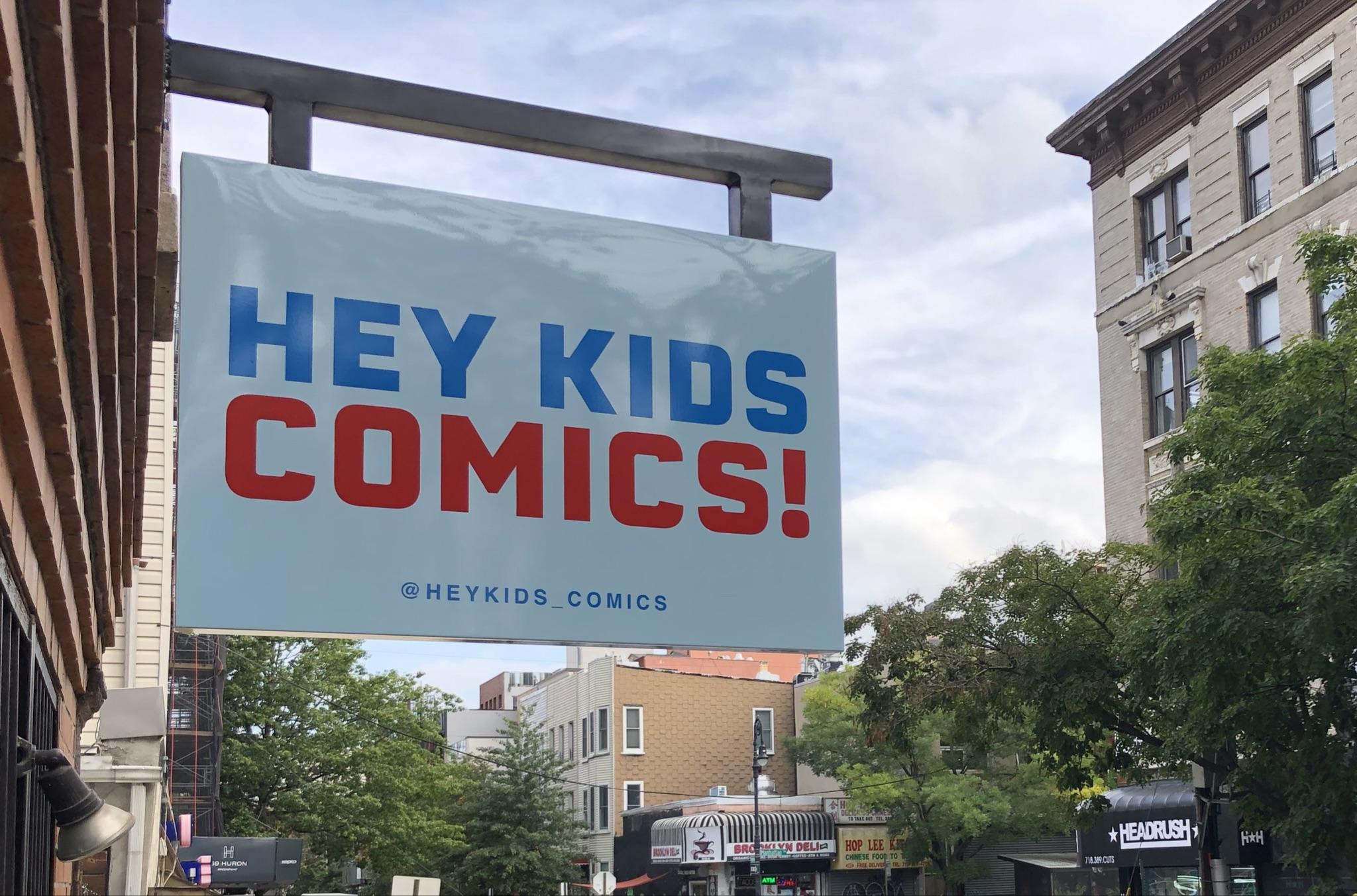
Comics, they’re not just for grown-ups anymore!
That was the tagline on the back cover of Little Lit, Art Spiegelman & Françoise Mouly’s first foray into publishing high-quality comics for kids back in 2000, and it spoke to how far comics had gone from being a medium that was seen as inherently for kids to one that was often inappropriate for them.
But you know what happened next, from the early aughts onward graphic novels for young readers grew to the point where Dav Pilkey’s Dog Man books outsell every other book published across all genres. I say you know because I myself did not, at least until pretty recently. I was vaguely aware that there was some sort of renaissance in kids comics–the kind you were more likely to see at your local bookshop than your old-school comic shop, but until a few years ago when my son was starting to read I had zero reason to even look at them.
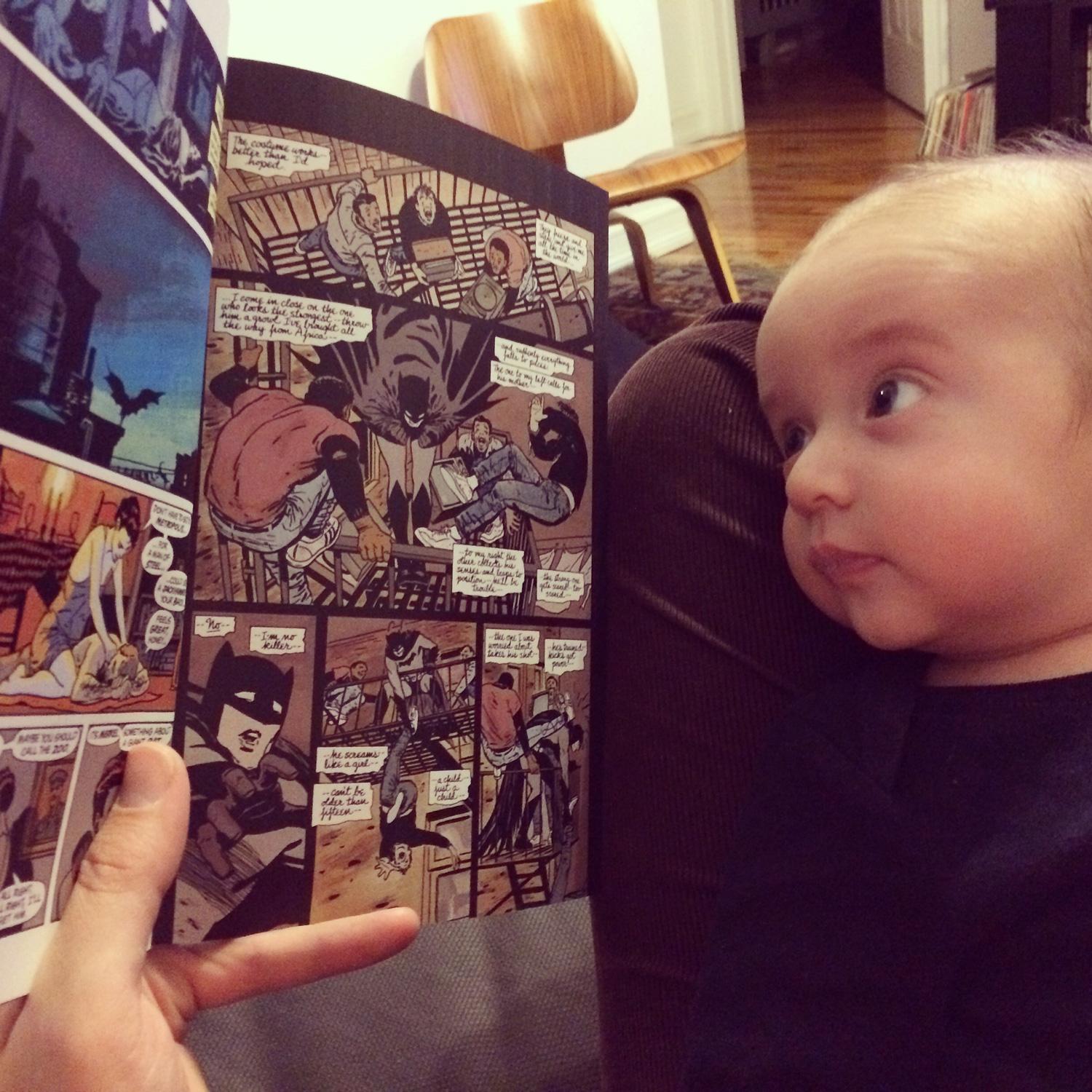
Being a lifelong and rather critical reader of comics, navigating the kids graphic novel section at my local bookshop was a bit daunting. Without recognizing any characters from my own youth or a even publishing house that I associated with great comics, it was hard to tell the difference between something that was a genuinely creative use of the medium and something that was reverse-engineered from another successful book–at least in the amount of time that a 5 year-old is willing to spend at the bookstore. In any case, once my son and I picked out a few and started reading them together, I found that holy cow there’s some truly great work being done in kids’ graphic novels! Really funny stuff, really adventurous stuff, really smart stuff that made me wish this kind of work was being made when I was his age.
As time went on and we worked our way through most of what we found appealing at the local bookstore, I started poking around online and that’s when I finally realized that the sheer volume of graphic novels available for kids is staggering! Statistically speaking there had to be more good ones than your average bookstore could even carry, but that also meant that there were plenty of duds mixed in there as well. I wondered how on earth parents are supposed to figure out what’s what when it comes to this stuff, especially those that don’t “get” comics to begin with? I thought, “if only there was someone who understood comics, who was willing to invest the time in reading thinking about these books who could help separate the wheat from the chaff and… WAIT A SECOND!”
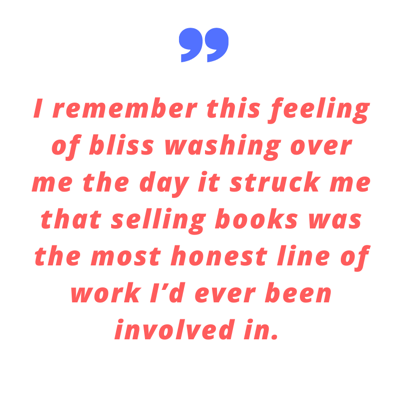
But during the height of the pandemic, when I was one of the many people out of work, I was reading an issue of the long-running zine Cometbus about NYC’s used book trade. Then and only then did I realize that the people I saw selling books on the sidewalks of New York all these years were doing so legally! As documented in Mitchell Duneir’s excellent book, Sidewalk, it all goes back to a poet who kept getting busted by the man for selling his work on the streets, the ACLU got involved, followed by a rookie city councilman and several major newspaper publishers who liked the idea of their own street vendors being able to operating without interference from overzealous police officers and POOF! It became enshrined in NYC law that you are free to set up a table and sell printed matter without a license of any kind just about anywhere.
The idea of being a free-range bookseller sounded appealing to me, and since I found myself becoming well-versed in kids’ comics, I figured that it made for a good specialization. With no costly rent to deal with, how could I not give it a shot? I bought $500 worth of books (mostly hidden gems buried in the inventories of remaindered book wholesalers, but also a handful of carefully chosen new books), and on the weekends my son and I started dragging these boxes of graphic novels outside a neighborhood park where we propped up a sandwich board advertising our little operation which we dubbed HEY KIDS COMICS!
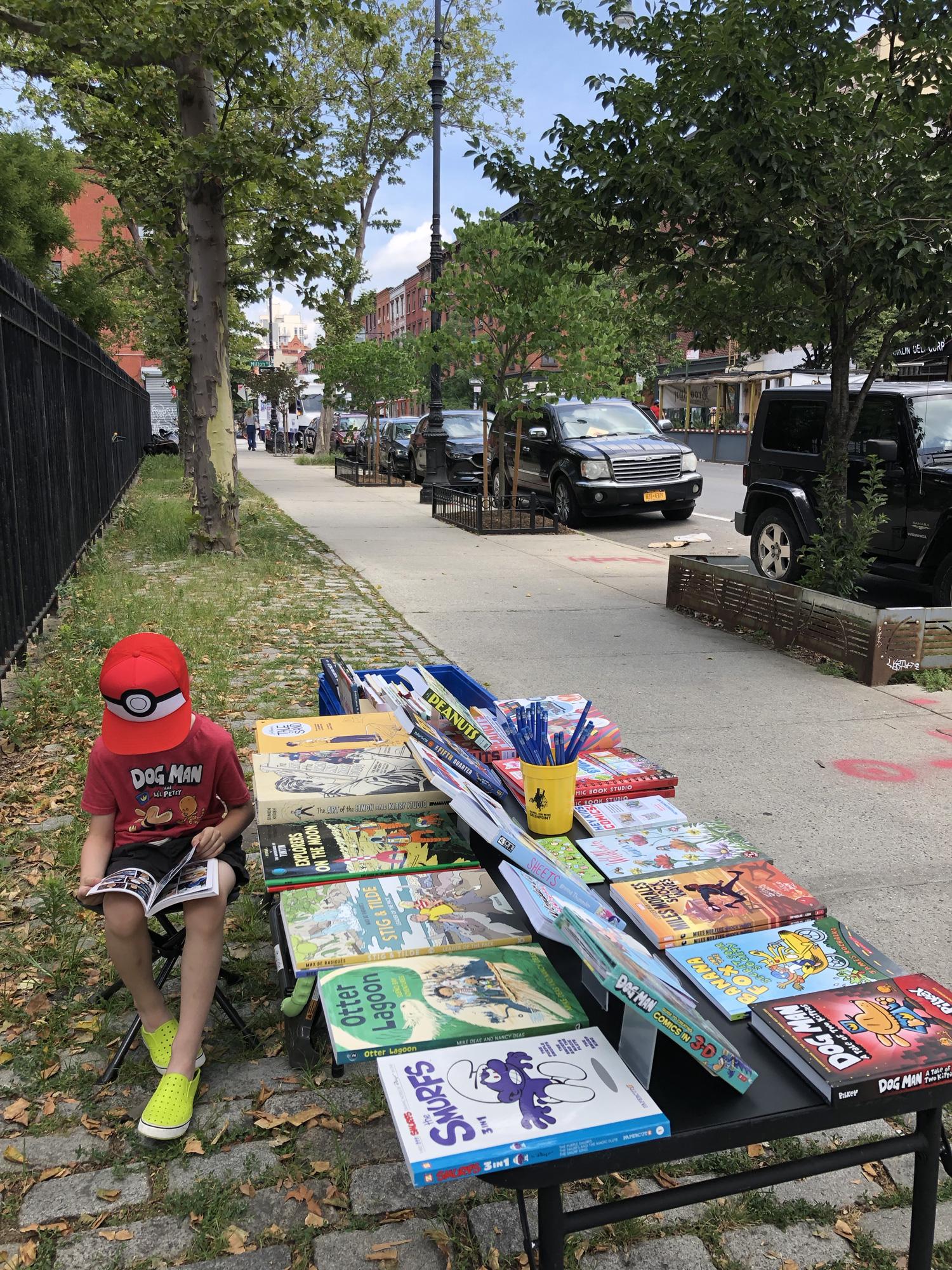
We had a blast! We would spend the day talking about comics with children and grown ups alike, recommending our favorite books, and getting schooled by neighborhood kids on what they did and did not like. In between customers, I’d sip coffee, read books, and watch the world go by. I remember this feeling of bliss washing over me the day it struck me that selling books was the most honest line of work I’d ever been involved in. I mean, I pick out some books that I think people might like, and if someone walking by does in fact like them, they give me more money than I paid for them and we’re both happy about it! Plus, there are no meetings! I felt like I had won at life.
Then it rained.
Okay, so rain and books don’t go well together–that’s an inconvenience you can work around, but winter presented a much bigger obstacle. That’s when we decided to launch a graphic novel subscription service called the HEY KIDS COMICS CLUB. Each month we send our members a new-release graphic novel for kids age 6-10 along with a zine that we produce featuring articles & activities designed to bring out kids’ inner storyteller, plus original comics & art by folks like Juni Ba, Johnny Sampson, Hyena Hell, Dan & Jason, and more.
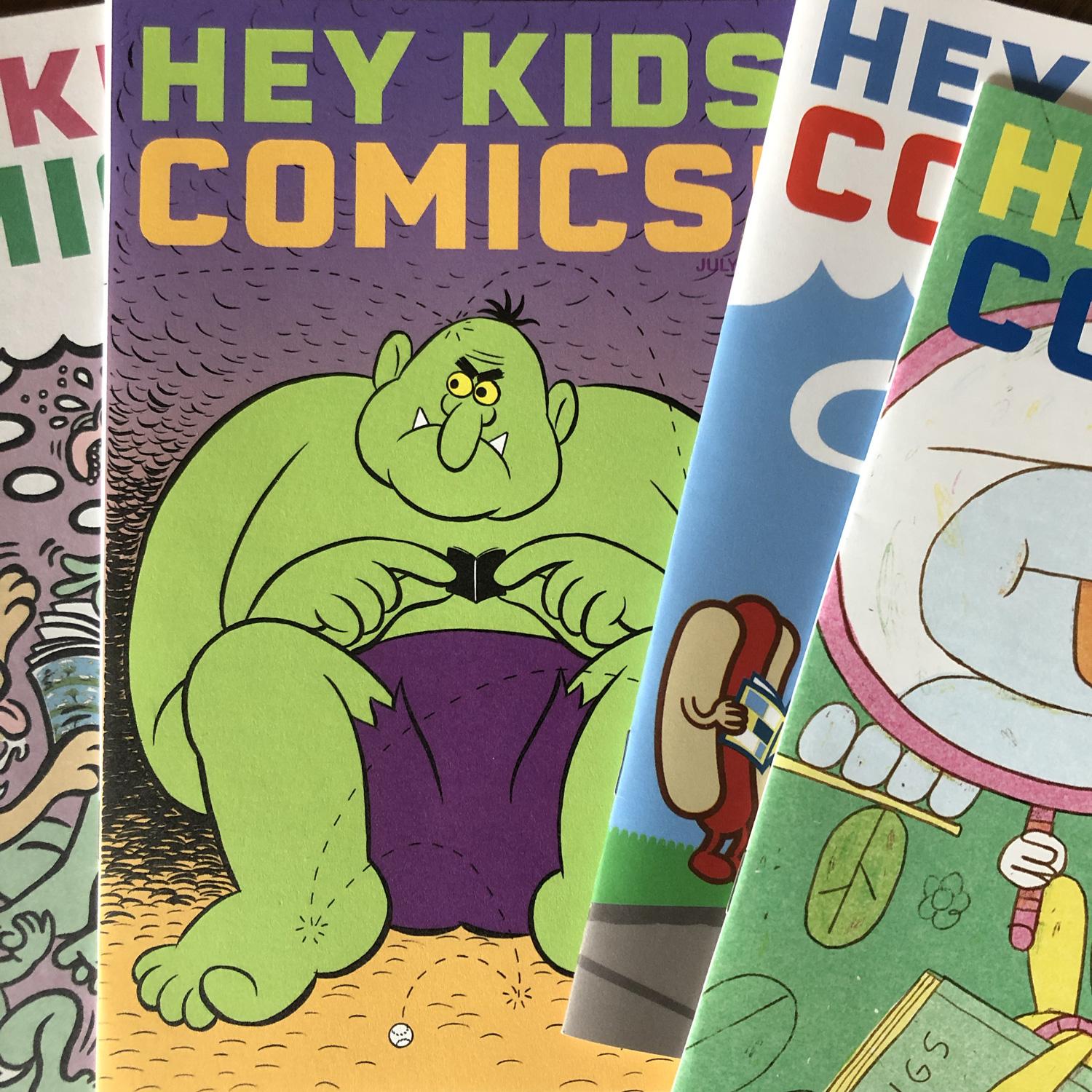
When Spring of 2021 came around, we got back out on the street. Our customers in the neighborhood were happy to see us again and “when are you going to open a store?” was becoming a common question. In spite of having romanticized the idea of owning a comic shop since I was a kid, I was hesitant. Sure it would be nice to not have a bit of drizzle threaten your entire inventory, but did I really want to start paying New York rent, and more importantly did I want to commit to spending all day every day in a fixed location? On the question of rent, the pandemic had the effect of bringing commercial rent in Brooklyn back to earth, and numbers I could never make add up before were looking more cooperative. As for whether I was willing to spend all my time at a comic shop… well, when I looked it like that, the answer was “hell yes!”
But there were still a few considerations left to, um… consider. The main one was that I didn’t have much money. In order for the aforementioned numbers to to work out, even with drastically reduced rents, I needed to find a space small enough that I could afford. The good news was that nothing in my experience of watching how kids and their parents picked out books from our street stand made me think that having a lot of space would mean selling a lot of books. People don’t expect bookstores to have everything anymore–that’s Amazon. They expect bookstores (and yes, comic book stores) to be magic.
So I couldn’t believe my luck when I spotted a tiny real estate office in an otherwise residential building on a side street off Greenpoint’s main drag and across the street from another niche bookstore, the food-centric Archestratus. It was a mere 250 square feet with no display window and virtually no space for storage. It was perfect.
Perfect, at least, for what I had in mind, which was to focus on a tight selection of all-ages graphic novels–we wouldn’t carry everything, but what we did carry would be the best. Furthermore, since graphic novels are a medium in which it is fair to judge a book by its cover, we would display the vast majority of our books face-out, and organize them by genre.
This approach also meant that I wouldn’t have to take out a second mortgage just to have enough inventory to open the store. But together with a general lack of storage space it also meant that it was crucial that I could restock quickly. Fortunately, through the sidewalk selling I had become familiar with Ingram, a distributor that is on top of their game and can get books to customers in a matter of days, with free shipping to boot. The downside is that they only offer a 40% discount versus the 50% you can typically get dealing directly with Scholastic or major distributors like Simon & Schuster, MacMillan, and Penguin Random House. But those distributors are–to different degrees–slow. I’m happy to take advantage of those deeper discounts when time allows, but since Ingram’s speed and efficiency means that we don’t have to keep a ton of stock sitting around (which is good because we have no room for it), that 10% vig is often worth it.
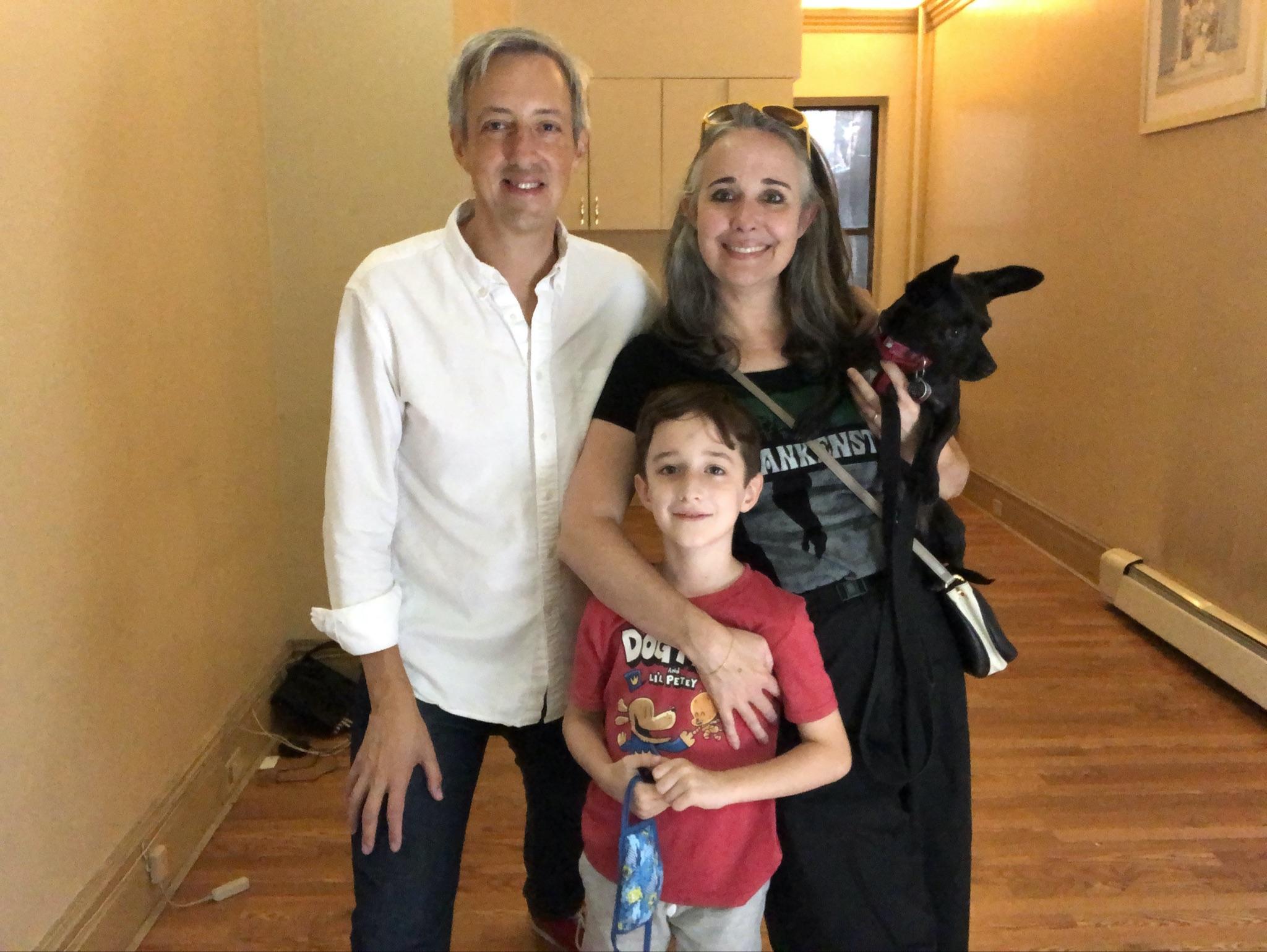
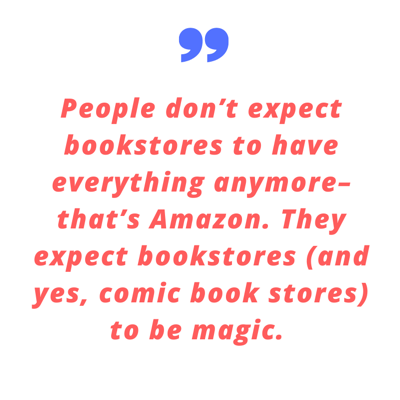
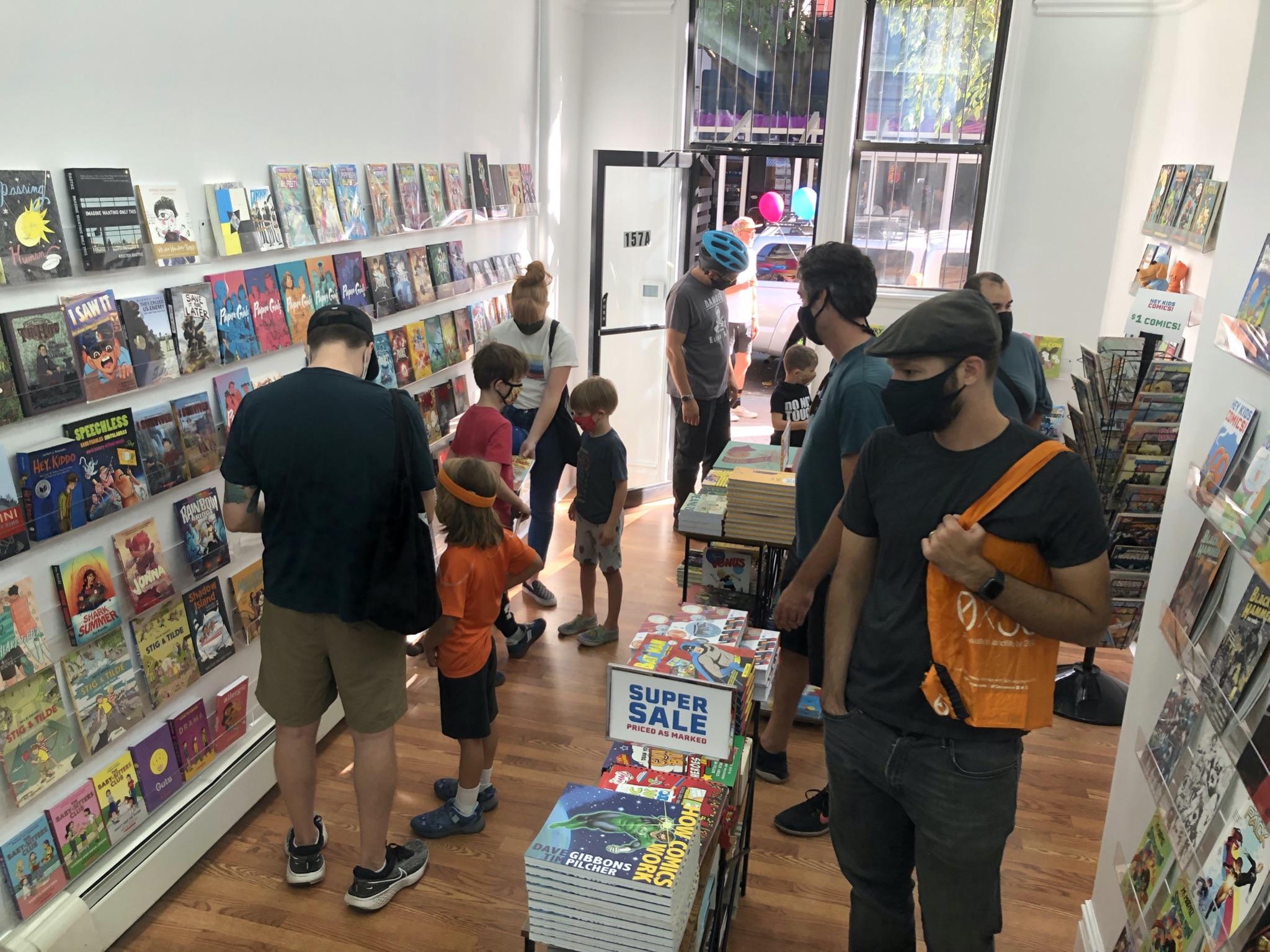
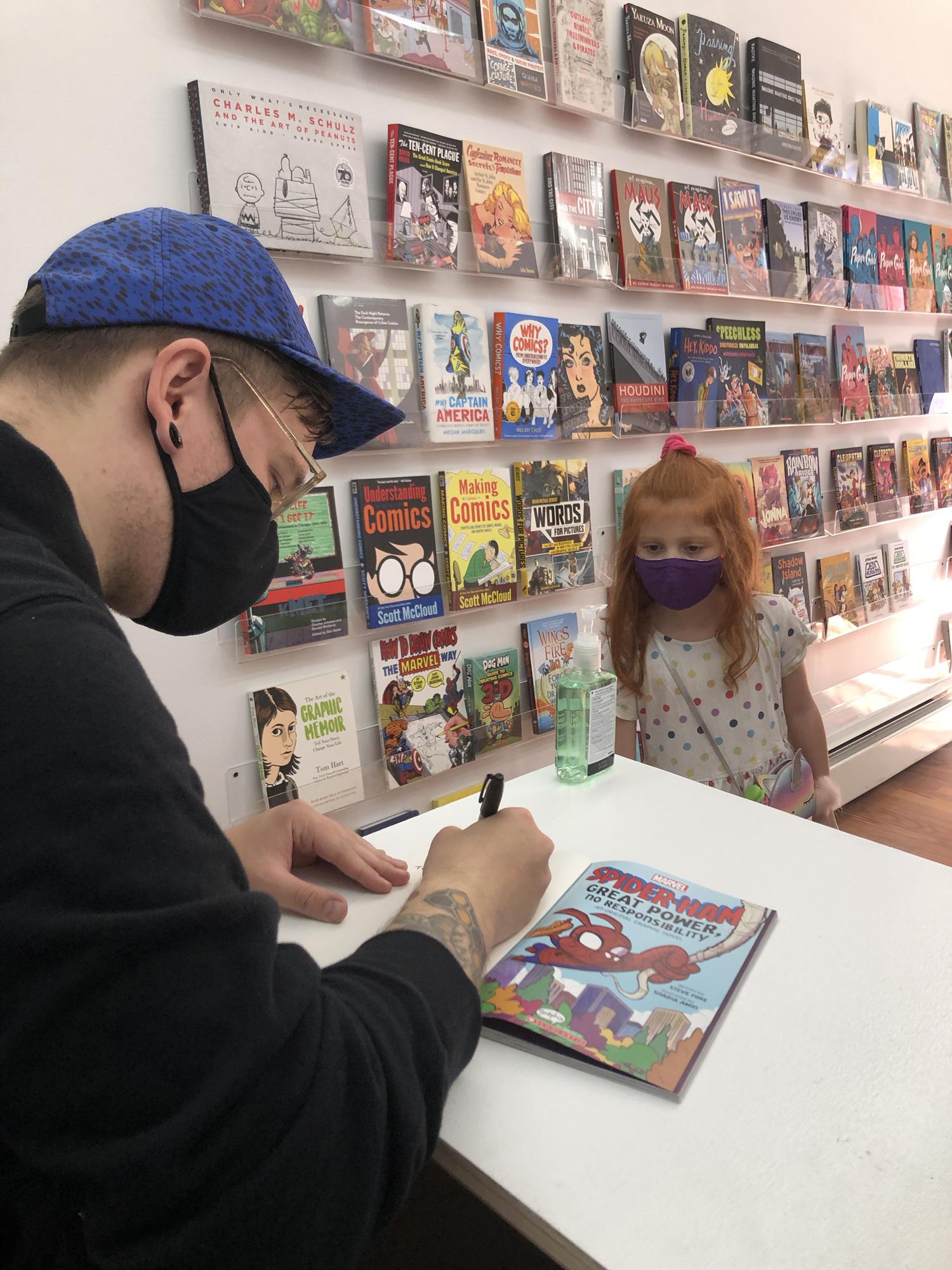
And now… the hard part. The actual day to day running of the business. Finding out which of your gambles will pay off and which were just wishful thinking. Trying to figure out which conventional retail / comic shop / bookseller wisdom to heed, and which to retire. Because if I haven’t already made this clear–I’m not one hundred percent sure how this is all going to work out! I have goals and expectations of course, but you know… I’ve also read about the humbling of Indra.
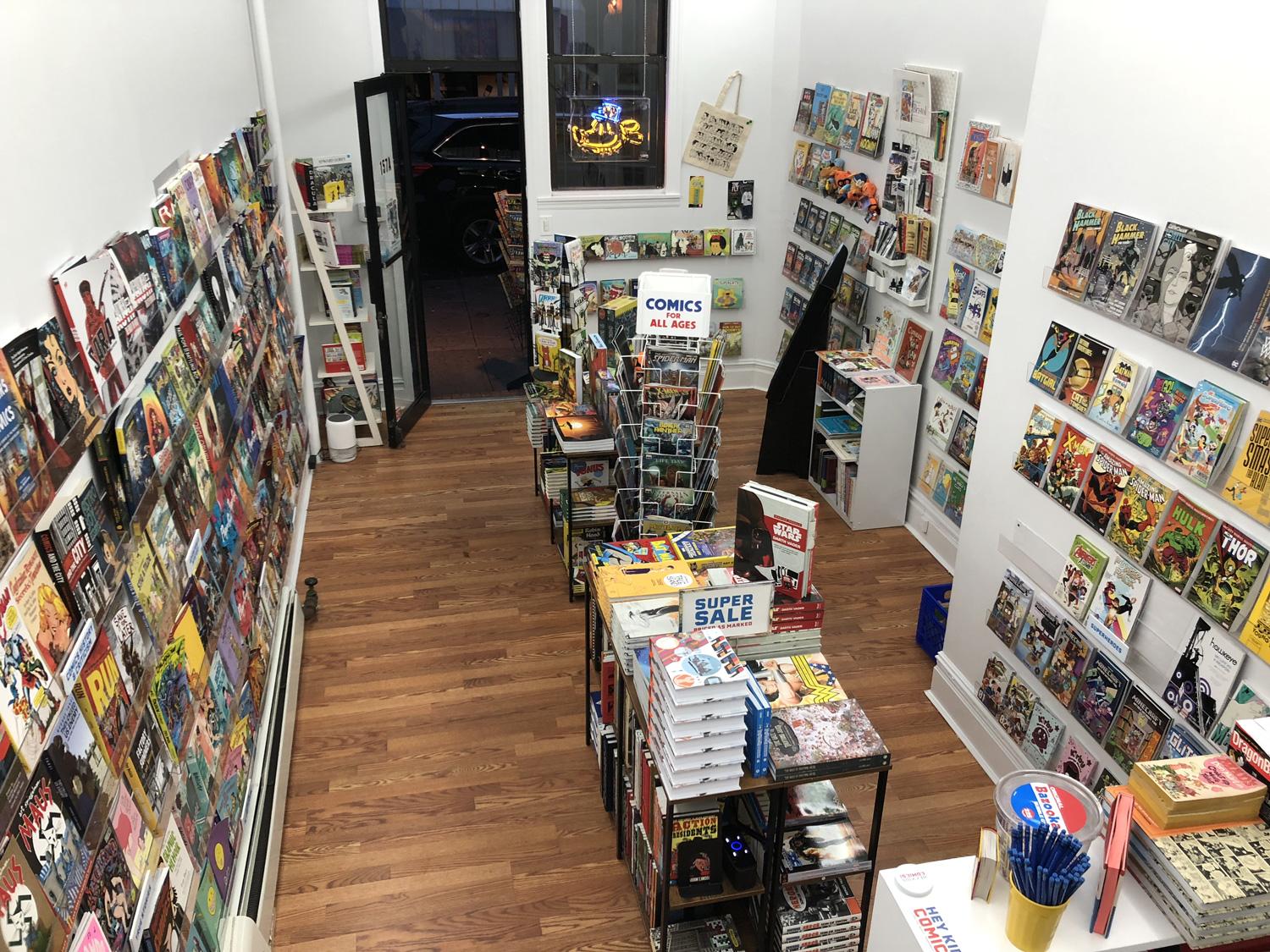
In this column, Old Dogs & New Tricks, I’ll try to take you through the challenges and perpetual evolution of running an all ages comic shop. I’ll try to share what I’m learning about the tastes of young readers (some foreshadowing: they’re frustratingly / inspirationally difficult to make generalizations about), surprise hits (MegaGhost), and surprise misses (pretty much anything that grownups have given an award). We’ll talk about running a subscription box business, internet advertising, and selling online via your own site or affiliate programs. And because I know you can’t get enough of it, of course we’ll talk about Diamond vs Lunar vs PRH, but from the point of view of a shop whose customers barely even notice that floppy comics exist. But perhaps most importantly, we’ll talk about the actual comics! This is an incredible period for the medium, when market demand is creating fantastic opportunities for creators who produce high-quality, non-derivative work. I’m excited to take a look at the people who are making waves, keeping this vital and vibrant medium thriving.


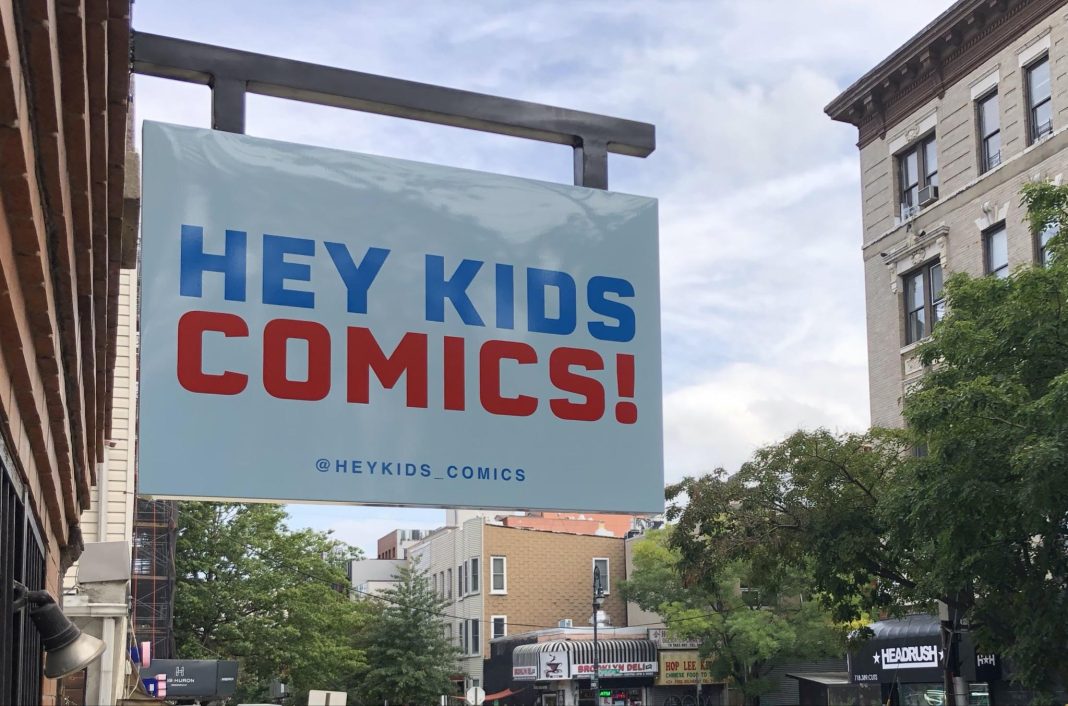
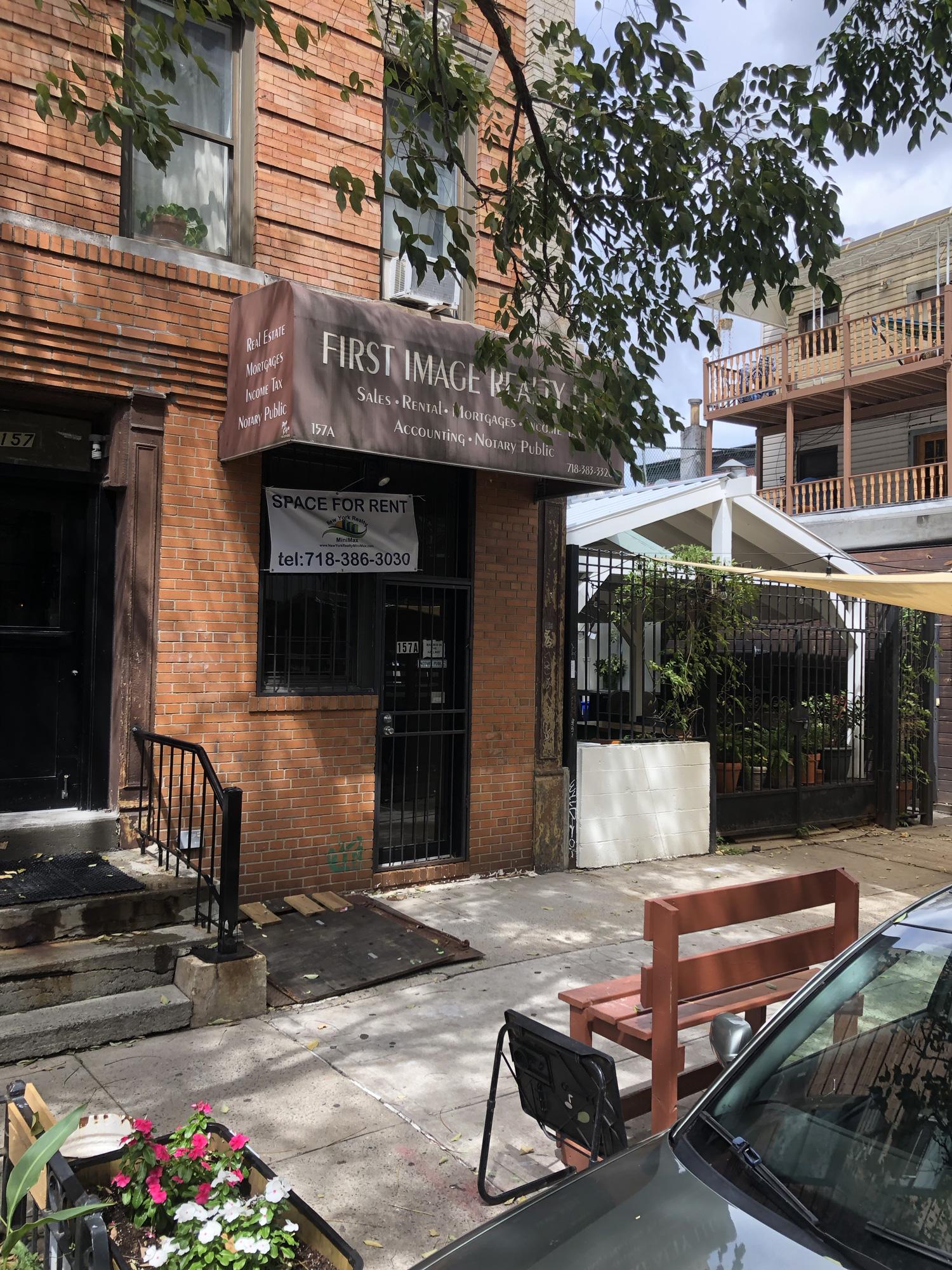
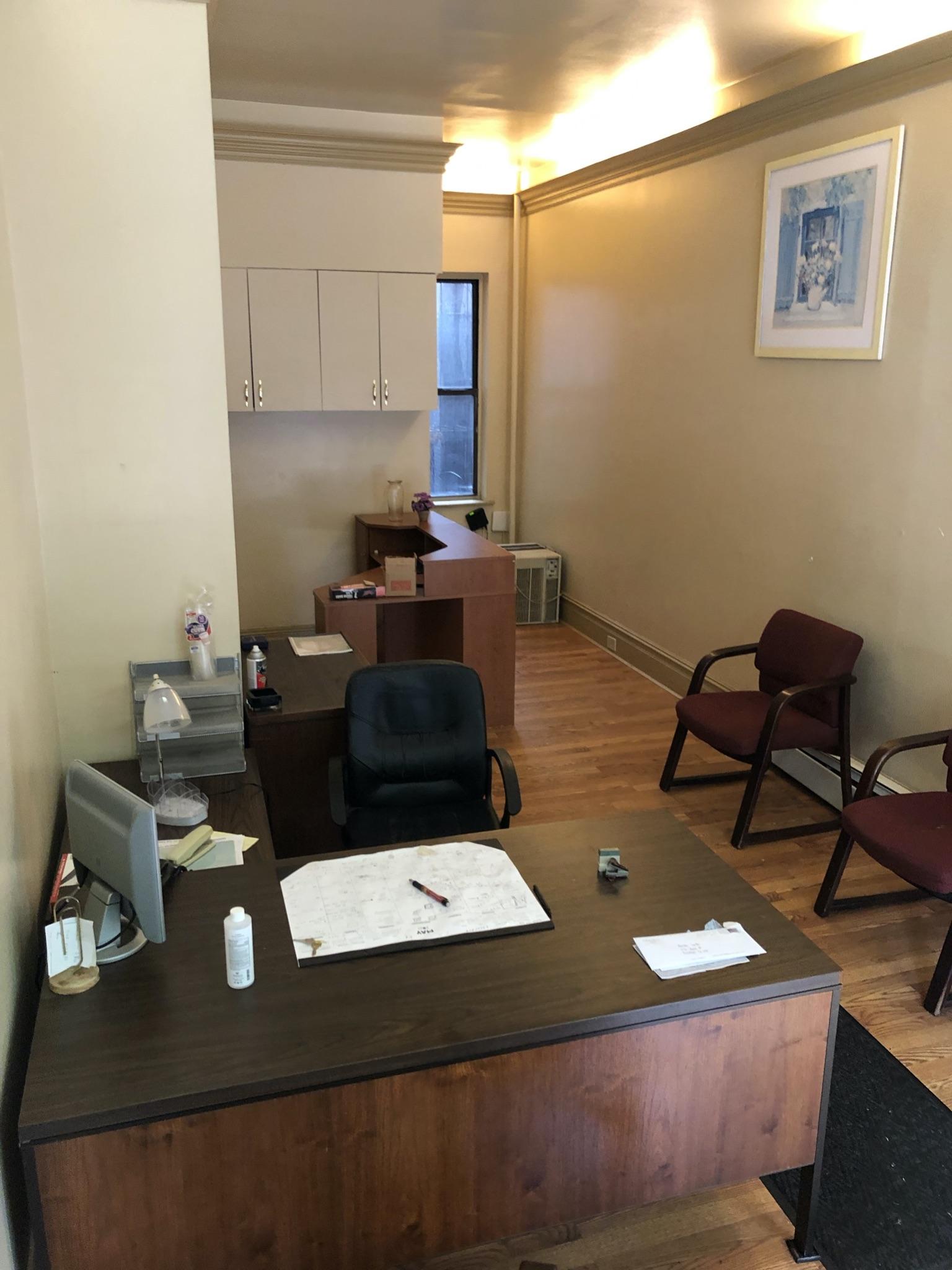





Network with every librarian you can meet. Visit your local libraries (NYC has three public library systems!) and ask for recommendations.
Awesome, congrats!
Comments are closed.